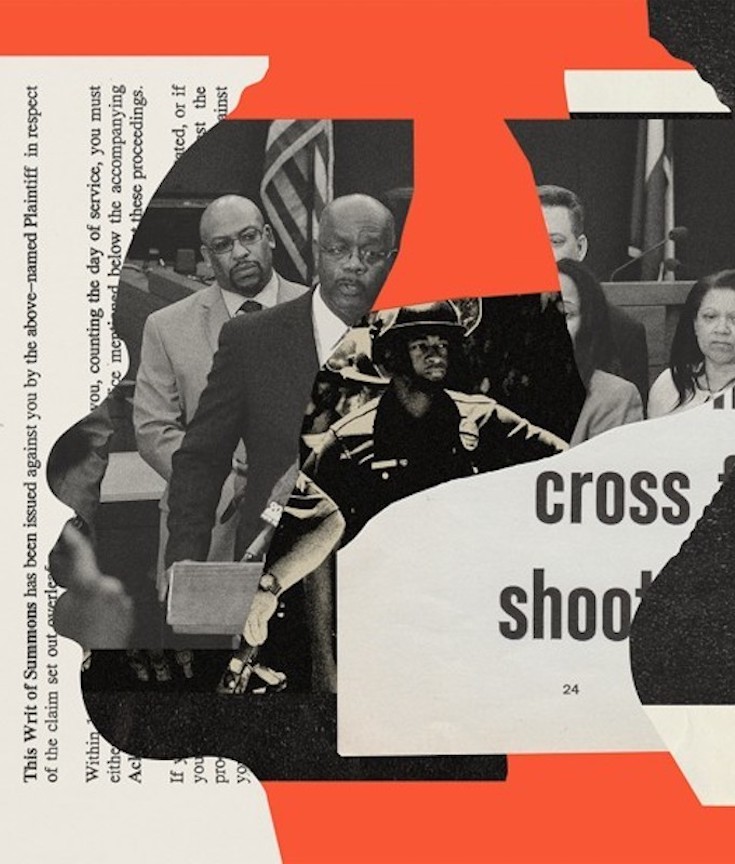African Americans lament that the cops are never there when you need them—that “911 is a joke,” as the Public Enemy song goes—and then they complain that their communities are “overpoliced.” These gripes aren’t so much inconsistent as they are underdeveloped, or they have been until now. James Forman Jr.’s revelatory new book, Locking Up Our Own: Crime and Punishment in Black America, sets out to describe how, and explain why, both complaints are valid and what that means for criminal-justice reform.
If a conservative is a liberal who has been mugged, you might expect black folks, who are disproportionately victims of crime, to support the politics of law and order. And they frequently have done just that, according to Forman, a former public defender in Washington, D.C.; a co-founder of a D.C. charter school for at-risk youth; and now a professor at Yale Law School. Using the District of Columbia (a k a “Chocolate City”) as his laboratory, Forman documents how, as crime rose from the late 1960s to the ’90s, the city’s African American residents responded by supporting an array of tough-on-crime measures. A 1975 measure decriminalizing marijuana died in the majority-black city council, which went on to implement one of the nation’s most stringent gun-control laws. Black residents endorsed a ballot initiative that called for imposing harsh sentences on drug dealers and violent offenders. Replicated on a national level over the same period, these policies led to mass incarceration and aggressive policing strategies like stop-and-frisk, developments that are now looked upon as affronts to racial justice.
[mc4wp_form id=”6042″]

 Photo Credit | Algerina Perna/Baltimore Sun/TNS via Getty Images
Photo Credit | Algerina Perna/Baltimore Sun/TNS via Getty Images
 Photo Credit | Steve Ruark / AP
Photo Credit | Steve Ruark / AP

On April 12, 2015, Baltimore Police Department officers arrested Freddie Gray, a 25-year-old African American resident of Baltimore, Maryland. Gray sustained injuries to his neck and spine while in transport in a police vehicle. On April 18, 2015, after Gray’s subsequent coma, the residents of Baltimore protested in front of the Western district police station. Gray died the following day, April 19, 2015, a week after the arrest.
Further protests were organized after Gray’s death became public knowledge, amid the police department’s continuing inability to adequately or consistently explain the events following the arrest and the injuries. Spontaneous protests started after the funeral service, although several included violent elements. Civil unrest continued with at least twenty police officers injured, at least 250 people arrested, 285 to 350 businesses damaged, 150 vehicle fires, 60 structure fires, 27 drugstores looted, thousands of police and Maryland National Guard troops deployed, and with a state of emergency declared in the city limits of Baltimore. The state of emergency was lifted on May 6.
On May 1, 2015, Gray’s death was ruled by the medical examiner to be a homicide. Six officers were charged with various offenses, including second-degree murder, in connection with Gray’s death. Three officers were subsequently acquitted; in July 2016, following the acquittals, Baltimore City State’s Attorney Marilyn Mosby dropped charges against the remaining three officers. (Wikipedia).


You must be logged in to post a comment.